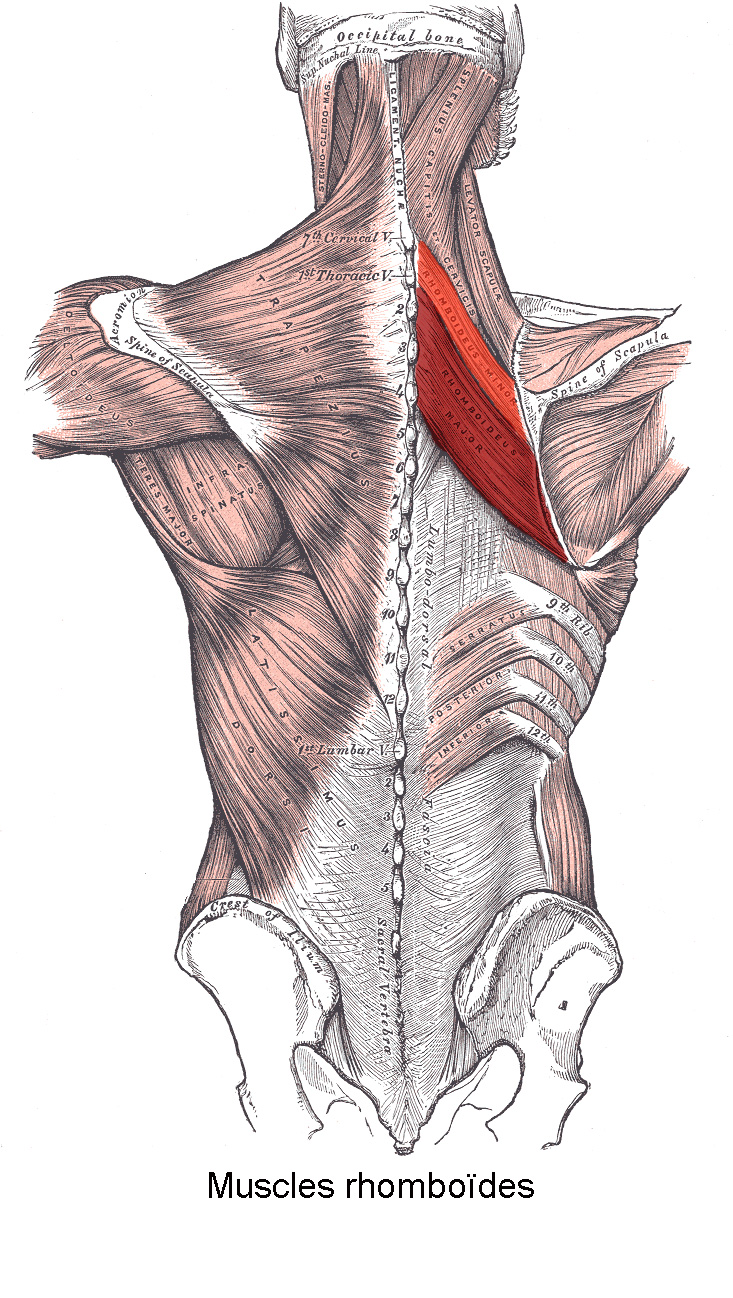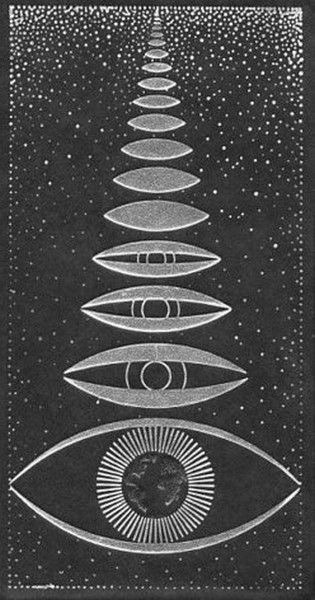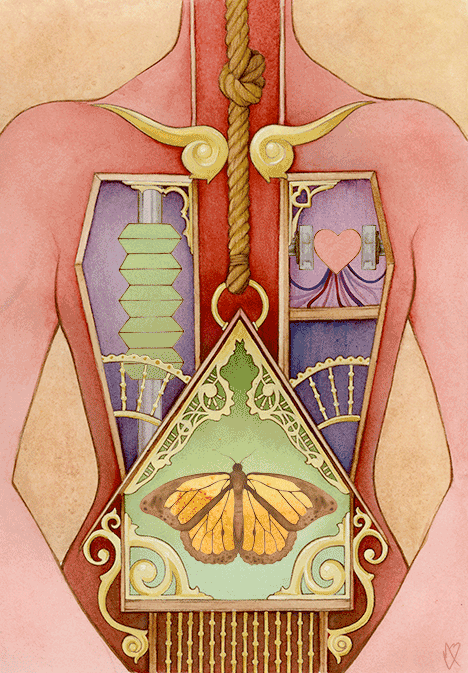
The rhomboids
- Categories:
- anatomy bodies home practice rhomboids
This content shows Simple View

‘A lot of our days are spent with just the hands and the face, and if we are not careful, this behavior becomes ingrained. In other words, we drop out of the felt sense of the rest of the body and become ‘just faces and hands’. This is happening more and more as we become so deeply immersed in a digital world which prioritizes eyes , ears and hands….It’s no wonder the world is becoming more and more heady and less and less body.’ Body Intelligent Meditation Ged Sumner.
Remember this guy?
This week’s class has been about bringing us back into our bodies as a whole, rather than the bits we are aware of most (see image above). I recommend reading Ged Sumner’s Body Intelligent Meditation book for a further understanding on embodiment and coming into the body as a whole, and for numerous meditation exercises on being present in the body.
Here‘s a nice article by Bo Forbes on the importance of embodiment and interoception (a sense of what’s happening inside our body) in yoga:
‘What’s the relevance of interoceptive awareness to our health and well-being? It turns out that many illnesses—anxiety, depression, gut disorders, eating disorders, and more—are diseases of disembodiment. In these illnesses, awareness becomes skewed. In chronic pain syndromes, for example, we tend to predict what we’ll encounter, and to remain there ruminating about it.’ Bo Forbes Interoception: Mindfulness in the Body. The Continuum of Embodiment
Grab a cup of tea, take a seat (or squat) and have a listen to this fascinating podcast from Joanne Avison on Liberated Body. This will change the way you think about the body and how you move. Here’s the synopsis:
Joanne Avison, author of Yoga, Fascia, Anatomy, and Movement, talks with me about fascia and why it has been overlooked historically (which includes a fascinating tour through the history of anatomy and its relationship to the Catholic church), how we form embryologically and what implications that has for biomechanics vs. biotensegrity (or biomechanics vs. biomotion). We also discuss what that changes when we have to reconfigure the language we use about movement and the body.
Click here for the interview.
‘…our bodies are casted not only by what we do, but by what we don’t do. For example, many of us have “casted” the ciliary muscles of our eyes through exceptionally high amounts of close-looking (computers, smart phones, iPads, books, the walls of our homes, offices and classrooms) and exceptionally low amounts of looking to great distances.’ Katy Bowman. See full article here for further explanation.

Here are a few exercises you might like to try to improve muscle weakness around the eyes and to help eyes strain.

For generations the people of Tibet have used natural methods to correct visual weakness and improve their eyesight. Chief among the methods employed has been the use of certain exercises which have proved useful over long periods of time. The figure on this chart was designed by Tibetan Lama Monks to give the necessary corrective exercises and stimulation to the muscles and nerves of the optical system. The eye Muscles focus similar to a camera shutter. The purpose of these exercises is to strengthen the eye muscles to improve vision. Practice a few minutes morning and evening and see if you notice its effects.
How to Use the Chart
These exercises are to be done without eyeglasses or contacts. Do each movement for 30 seconds while in a sitting position, spine straight and do not move the head side to side. Move only the eyes.
1.) With the palm of each hand cup both closed eyes to relax them.
2.) Move the eyes clockwise around the outer circle of dots
3.) Repeat this movement in a counterclockwise rotation
4.) Move the eyes back and forth between the dots at 2 and 8 o’clock
5.) Repeat this movement back and forth between dots at 4 and 10 o’clock
6.) Blink the eyes briefly and finish therapy with the palming same as exercise #1
Repeat exercises as desired being careful to avoid strain.
Source: http:/
Here’s a couple of exercises from this article in Yoga International:

Rub your hands together for 10 to 15 seconds until they feel warm and energized. Then gently place your hands over your eyes, with the fingertips resting on the forehead, the palms over the eyes, and the heels of the hands resting on the cheeks. Don’t touch the eyeballs directly, but hollow the hands slightly and allow them to form a curtain of darkness in front of the eyes. Close your eyes, breathe deeply, and relax. Envision the eyes absorbing the darkness like a sponge, while also welcoming healing warmth and energy from the hands. Invite the eyes to grow soft and spacious, and enjoy this break from visual stimulation. Continue this palming action as long as it feels soothing—for just a few seconds or up to five minutes. When you are ready to emerge, gently remove the hands from the face and slowly open the eyes.
This palming technique can also be done after the eye exercises that follow to further rest the eyes.
2. Eye Rolling

Sit upright with a long spine and relaxed breath. Soften your gaze by relaxing the muscles in your eyes and face. Without moving your head, direct your gaze up toward the ceiling. Then slowly circle your eyes in a clockwise direction, tracing as large a circle as possible. Gently focus on the objects in your periphery as you do this, and invite the movement to feel smooth and fluid. Repeat three times, then close the eyes and relax. When you’re ready, perform the same eye-rolling movement three times in a counterclockwise direction.
As with all movements in the body, variation is key- try to vary your focus by spending some time looking at the furthest thing you can see in the distance, watch sunsets, sunrises, the horizon. Give your eyes a real break and test your proprioception by practicing a sun salutation with your eyes closed, try a balance with your eyes closed and notice the difference.
Here’s an article from Todd Hargrove explaining why and how our skeletal structure affects our movement and why an individualised approach is so important in exercise, rather than forcing each body into ‘some Platonic ideal’: ‘Optimal alignment or posture for a certain function is partly a result of having as many joints in neutral as possible at any one time. And the shape of the bones will determine how many of your joints you can keep in neutral at the same time in a particular functional task…we should be very wary about anyone dictating to us what proper form is in regard to a particular activity without considering our individual variations in structure.‘ Full article here
Here are some very clear illustrations of anatomical variations in pelvic and femur structure- a squat for these two individuals will (and should) look very different:



Images from here
‘Move playfully, experimentally and curiously, with full attention on what you are doing and what you are trying to accomplish.
Focus on movements that are the foundation for your movement health, and have a lot of carryover to many activities, as opposed to movements that are specific and don’t have carryover.
Move as much as you can without injury, pain or excess threat, wait for the body to adapt, and then move more next time.’
Todd Hargrove on how to ‘move better and feel better’ from A Guide to Better Movement.

A couple of articles here on the changing approaches to yoga. First, the brilliant Matthew Remski writing about ‘extreme practice and injury in asana’ and also touching on the online trend of posting pictures of extreme yoga poses which, for most of us, are completely inaccessible.
‘Pattabhi Jois was fond of the adage, “With enough heat, even iron will bend”. But this new rationalist yoga discourse imposes clearer limits upon the aspirational body, insisting that muscles do not get “longer”, and pain is not an “opening” – except in a pathological sense. The primal dream of bodily transformation through “being worked into a noodle”, as Jois student Annie Pace described it, is being eclipsed by the simpler goal of enhancing a natural range of motion for functional movement.’ See more here.
On a similar note, Jenni Rawlings discusses how our different body proportions affect our practice, stressing the importance of moving away from the ‘one-pose fits all’ approach in yoga, which can force the body into shapes that could cause injury by focusing on the aesthetics of the pose:
‘In the yoga world, we often conceive of asanas as having one final form that we are all striving to “achieve” or “finish.” But when we learn to appreciate the role that our unique body proportions play in what our specific yoga poses look like (or how hard we might be working in our shapes), we can start to broaden our notion of what it means to “progress” in yoga practice. Ultimately, our top priority in any asana should be for the shape to serve the individual body performing it; how the pose looks will then be a natural byproduct of that goal.’ For the full article see here

From here.
Think about the different ways you sit throughout the day- there are so many options (see below), but how many do you actually use? Katy Bowman (again!) has written loads on varying your movements and posted this image on postural habits around the world in this article.
‘When a man is narrating a story, he sits on his crossed legs … During a meal he kneels on his left knee and sits on his left heel … while inspecting anything or testing a weapon, he kneels on both knees and sits on his heels, … when he washes his hands, he squats … When it is hot, he lies down on his stomach … when he takes a nap … he turns over on his back …’
Bedouin sitting and reclining habits as described by Alois Musil (1928) in this interesting article.